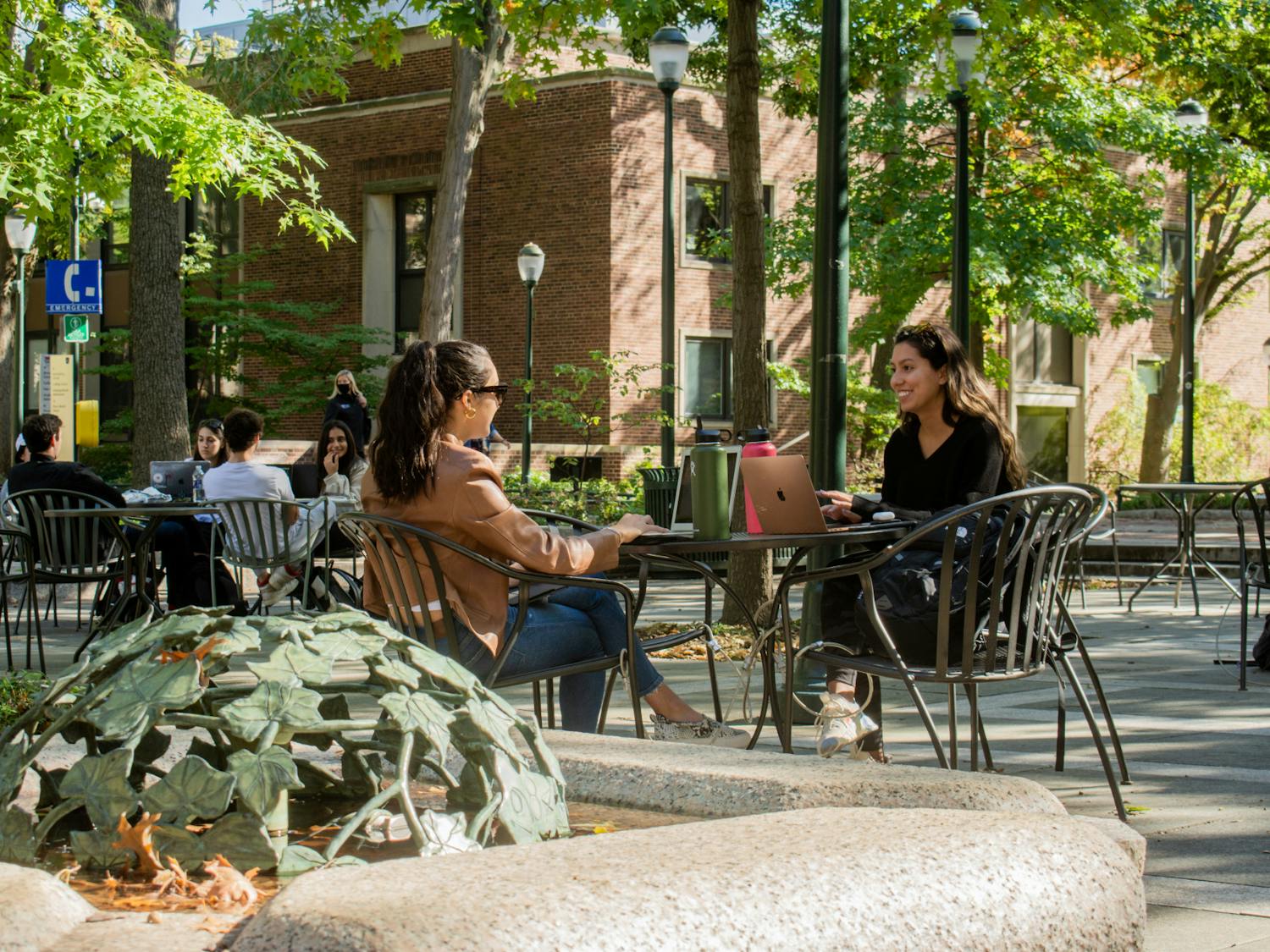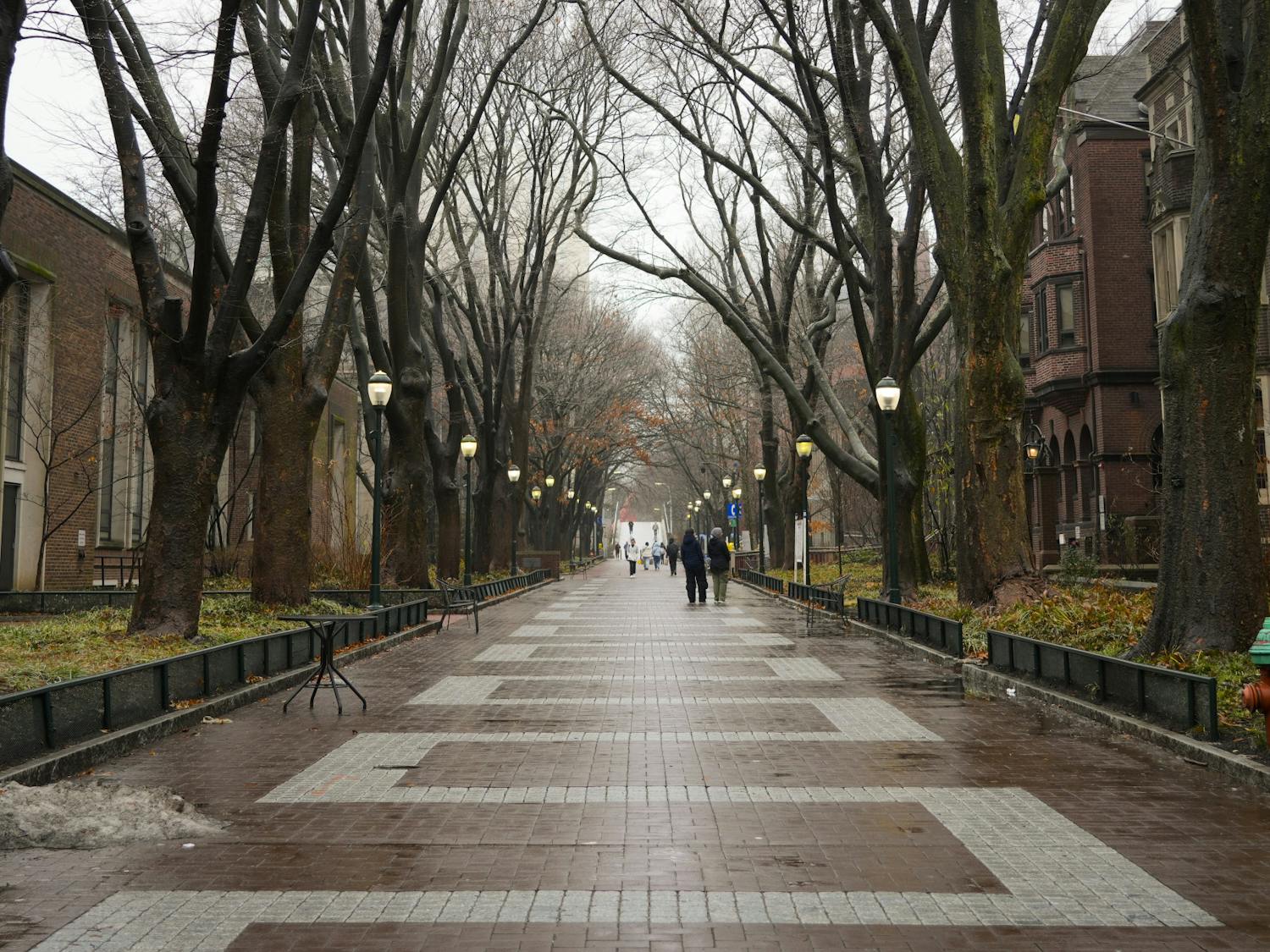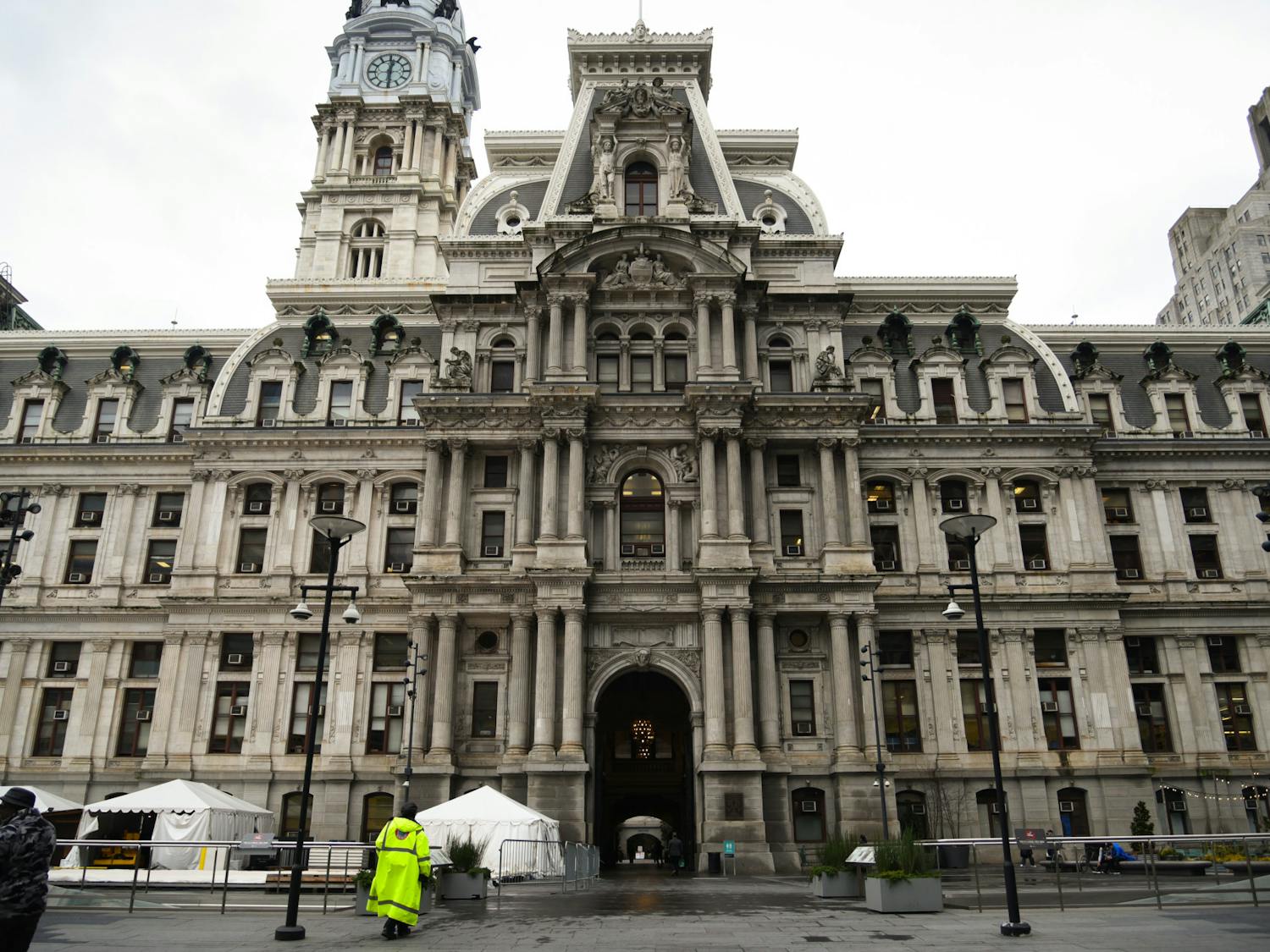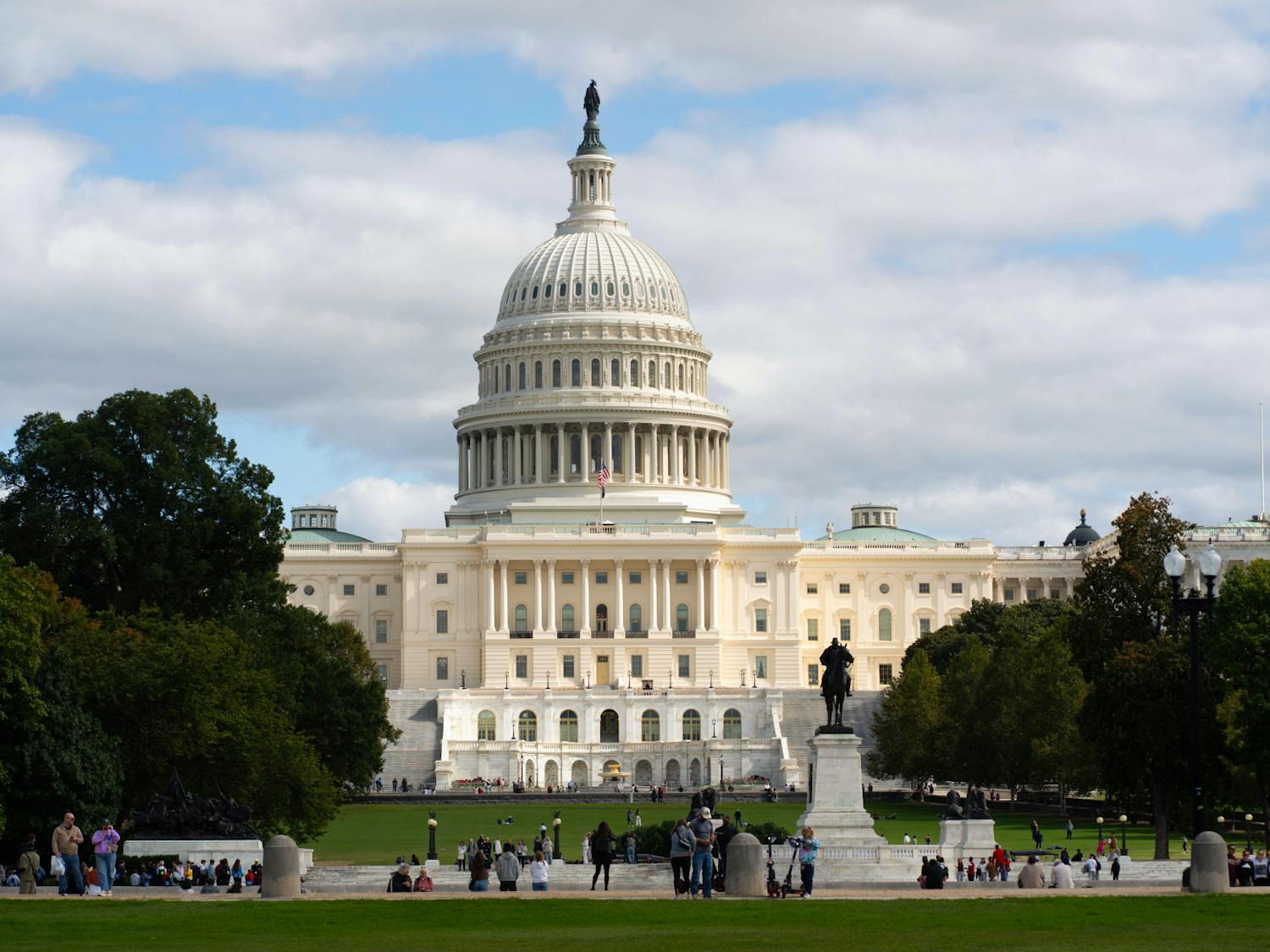If you went back in time six years and told me that I would be smiling while cutting open dead bodies, I would have gotten angry and told you to take it back. When I first started writing this column a week ago, I had yet to begin anatomy lab and didn’t know what to expect.
But now that I’ve dissected my first cadaver, I realize that anatomy is a crash course in treading a fine line between embracing and restraining your own humanity.
Beginning anatomy lab is a turning point in a medical students’ education. Anyone can sit in a classroom and listen (or not), but very few people at our age have even seen a dead body. That first day is one of those moments of clarity where you realize that — in case you didn’t know, sir or madam — yes, you are indeed in medical school.
Like any occasion with such gravitas, students have doubts. “They are worried that they will have nightmares,” Neal Rubinstein, the anatomy course director, wrote in an e-mail. “They see it as a rite of passage, but have heard that it is a terribly difficult rite of passage and that scares them.” The course has the potential to be emotionally harrowing for some. “A few students each year have had a recent experience with death: grandparent, parent, sibling, close friend; and seeing a dead body brings back all the emotions of those traumas,” Rubinstein added.
Before the first cut, students themselves had mixed feelings about what was about to happen. “I think it’s going to be really fun,” said Ofole Mgbako, a first-year medical student. First-year medical student Jerome Molleston said that “the learning will be more relevant, more active.” On the other hand, when asked what she was concerned about, first-year medical student Alexandra Charrow responded, “I don’t want to cut the face.”
My personal greatest concern was that I might become numb — that someone else’s eyes would no longer be the window to their soul, but the corneas, the zonular fibers and the optic nerves. As Molleston put it, “[the cadavers] had their own hopes and dreams, and we’re dissecting an endpoint.” The muslin cloth that covers a cadaver’s face is not so much a mask to protect the donor’s dignity as it is to protect our still-fragile sensibilities.
Dignity doesn’t fall by the wayside, though. Penn does not use unclaimed bodies for dissection, a gesture to respect the autonomy of a potential donor. Bodies are cremated and preserved for the families afterward. This is a far cry from the “resurrectionists,” professional body snatchers who supplied anatomy labs in olden times. In fact, the Celebration of Remembrance, a ceremony to honor the donors’ sacrifice for all the medical schools in Philadelphia, is held here on Penn’s campus in Irvine Auditorium. The high attendance rate of first-years at this event is testament to the fact that even the most type-A students recognize that no learning is truly independent. These are real people who had real stories, and someone had to give for us to get.
Anatomy is by far the highest-rated course amongst first-years, according to Rubinstein, perhaps partially because of Penn’s respect for the donors and their families. Given that you can smell the wonderful aroma of a first year taking anatomy from 400 feet away after our formaldehyde soaks, this is not a trifling feat.
If you repeated now to me what you had said after you had gone back in time, I would correct you and tell you that I was not just smiling when I made the first cut on our cadaver. Truth Be Told, I was beaming, because I’m fully aware that dead men do indeed tell tales, and I’m fortunate enough to be learning how to listen to them.
Mark Attiah is a first-year medical student from Dallas. His e-mail address is attiah@theDP.com. Truth Be Told appears on alternate Thursdays.








